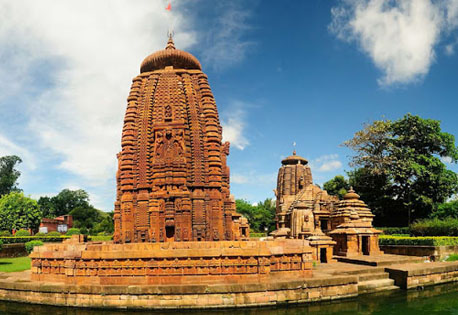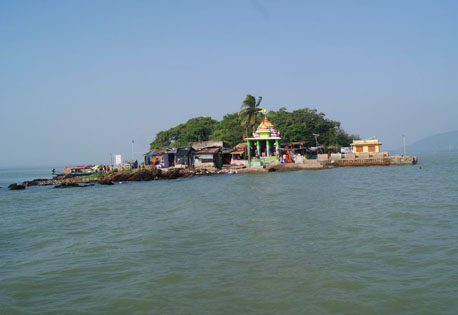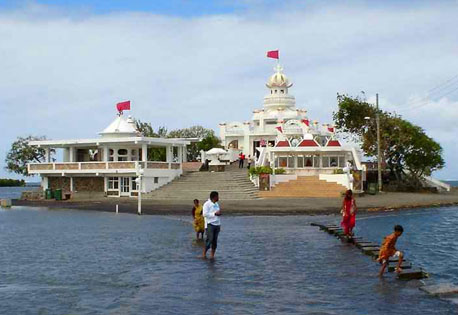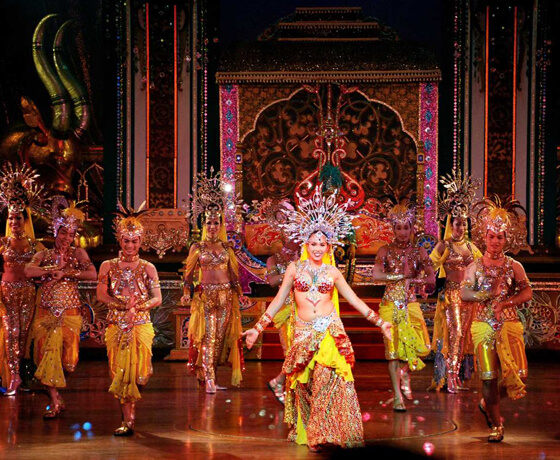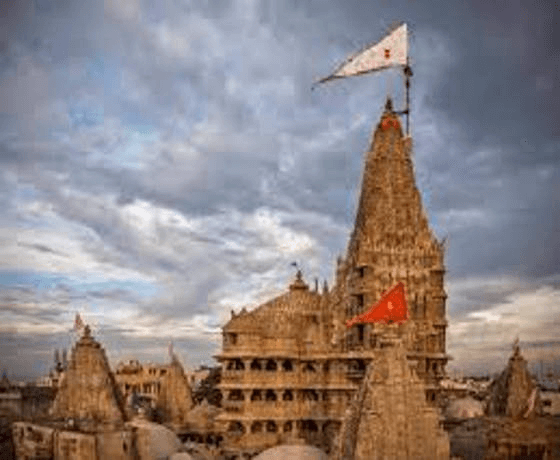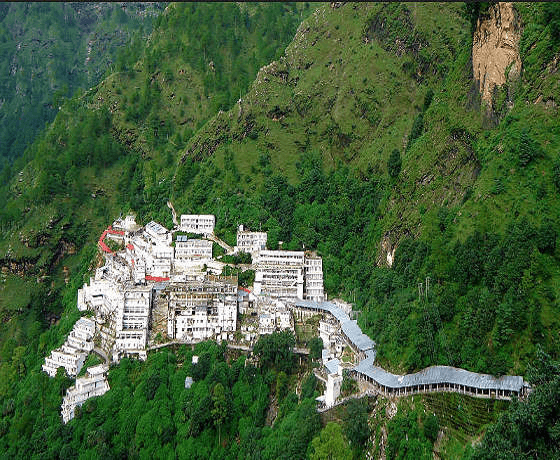Odisha Temples & Tribes Tour
Overview
Odisha Temples & Tribes Tour Package (11 Nights 12 Days)
If Odisha is known for its tradition and temple culture then it is also in the news for a broad 62 different types of tribal culture. This is the most fascinating trip you will love to explore. Odisha temples & tribal tour package focuses on the age-old traditions, indigenous culture and tribal villages, and the prominent age-old temples of Odisha. Set out on an inconceivable journey to the tribal locations, with Odisha Tribal Tours, offered by Toshali Tours and Travels, and have a nearby perspective of the long-standing social and customs. Spending an evening, as the tribal people dance to the tunes of Dhemsa can be a real-life experience. You can also enjoy the weekly market in the tribal towns with our Odisha Tribal Tours.
Get ready to set out on a journey, way beyond your imagination and get a look at the rich culture and conventions of ancient Odisha and have an extraordinary and unforgettable experience at the Temple and tribal tour of Odisha. Challenge yourself on an adventure that not only will give you a lifetime of travel experience but also be a learning experience. The Tribal Village Tour combines nature, scenery, folklore, ceremonies, dances, rituals, art, handicrafts, and tales. The small colony of people, who are known as tribes is always curious about metropolitan people, and vice versa. And at the same time visiting most aged temples like Puri Jagannath temple, Konark Sun temple, Lingaraj temple, Rajarani temple, and many more temples at Bhubaneswar reminds you about Odisha’s age-old traditions.
Toshali Tour and Travels Odisha temples and tribal tours offer to see a different world of tribes along with Odisha’s oldest traditional culture through Temples and let you set you on an adventurous journey.
BOOK YOUR TOUR NOW
Included/Exclude
- 02 Nights accommodation at Puri Hotel & 02 nights at Kolkata Hotel in an AC Double Deluxe room on a sharing basis
- Buffet breakfast and dinner fixed menu basis
- The vehicle will be exclusive on your Tour Package duty as per itinerary only(From pick-up to drop)
- Above mention car for above mention program with Driver charges, Night halt charges, Toll, Parking, Diesel expenses & Govt. tax
- Boating charges in Satapada(Chilika Lake)
- Complimentary Jagannath Darshan by our Temple priest
- Exclusive Boat for your group/family at Chilka Lake
- Ferry cost & local vehicle cost from Kachuberia to Sagar Island & back
- Train fare & Air fare
- Lunch
- Any kind of entry fees.(Temple, Monuments, Museum, Park & other activities)
- Any kind of personal expenses
- Anything that is not included in the above cost includes the section
Tour Plan
On the drive to Konark (75 km), we will stop at Dhauli where the Mauryan Emperor Ashoka renounced violence and embraced the teachings of Buddha. We visit the Peace Pagoda known as Shanti Stupa built in early 1970s by the Japanese. We also stop at two ancient rock edicts, today eclipsed by the presence of the Pagoda. Dating from 260 BC they outline Ashoka's detailed instructions to his administrators to rule with gentleness and fairness. Our next stop is the colourful village of Pipili where we can see Odia handicrafts, the speciality being the famous applique work.
Visit to the Chariot of the Sun God temple, built by King Langula Narasimha Deva in the 13th century AD during the golden era of Odia art. This temple, among the crowning works of Odia architecture and sculpture, is sheer poetry in stone. Everyday the Sun God rises from the horizon, across the shimmering blue waters of the Bay of Bengal, and casts the warmth and luminosity of his revitalising rays on the sanctum sanctorum, circling the temple during the course of the day, illuminating the three brilliant images of the sun - in the morning, at mid-day and in the evening, as day makes way for the night. As you approach the water, you will see rising from the golden sandy beach, one of the country's most vivid archaeological treasures - the Surya Mandir (Sun Temple). For a millennium, this temple served as a beacon to the ancient and medieval mariners. Despite the fact that the Black Pagoda, as it was referred to by European soldiers who wanted to distinguish Konark from the whitewashed Jagannath Temple in Puri, lies in ruins, the structure is magnificent. Afternoon drive to Puri takes about 2hrs. O/n hotel.


